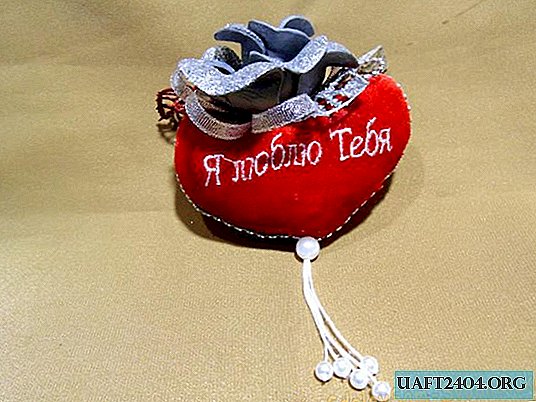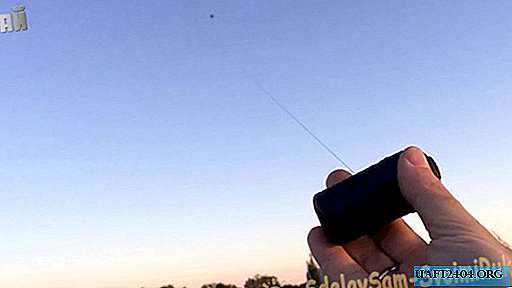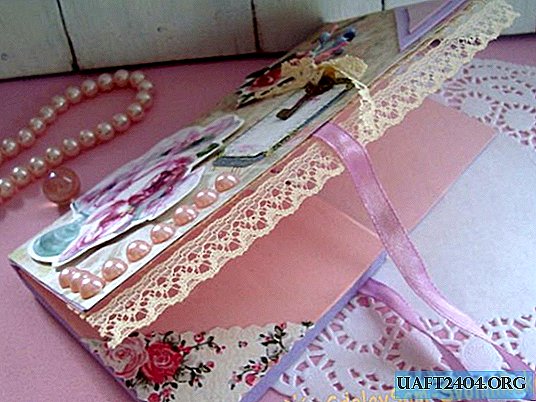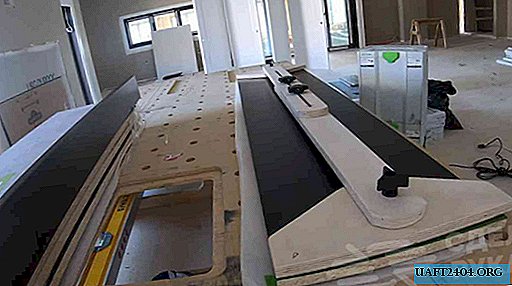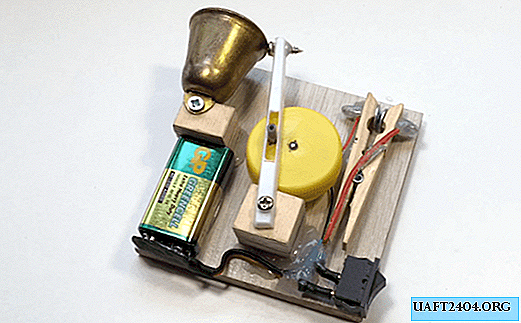Share
Pin
Tweet
Send
Share
Send
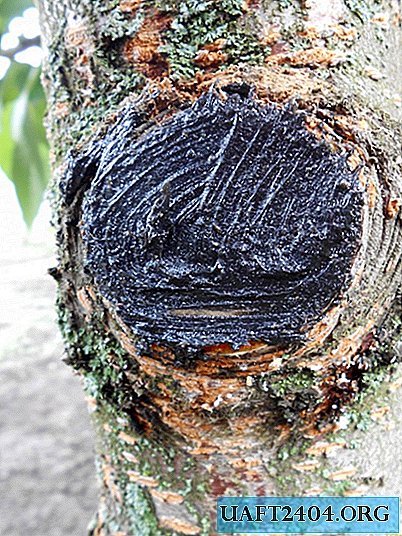
At the end of the summer season, when the entire harvest of berries and fruits is collected, and ornamental plants have completed their flowering, experienced summer residents must carry out planned sanitary pruning of trees and shrubs. The main goal of this event is the healing of plants and the removal of damaged shoots that interfere with the development and growth of seedlings and worsen their winter hardiness.
The best time for all types of pruning of garden plantings (forming, rejuvenating, sanitary, thinning) is after the end of leaf fall. Typically, gardeners plan to work in the garden at the end of October - November. And immediately after trimming and harvesting plant residues, it is advisable to treat the trees and bushes with modern means against pests and infectious diseases.
Pruning is carried out in dry weather, since moisture penetrating into the wound surfaces of wood slows the healing process, scarring and the formation of new tissues and contributes to the activation of pathogens: spores of fungi, microbes and bacteria.
For sanitary purposes, the following branches and shoots are subject to removal:
- Broken
- dried up;
- cracked;
- populated by pests;
- with signs of illness;
- intertwined with each other;
- growing inward and thickening the crown;
- weak and thin.
In addition, it is recommended to trim the highest shoots that are knocked out of a previously formed crown silhouette to a healthy kidney. Thin branches are cut with a sharpened secateurs, and large ones with a manual, gas or electric saw.


According to experienced summer residents, autumn is the most favorable time for pruning plants. Trees prepared for a dormant period easily tolerate the removal of even the largest and most skeletal branches, which for any reason should be removed.
Treating tree wounds with a garden var
It is recommended to immediately disinfect large sections by treating them with a solution of iron sulfate (10%), copper sulfate (5%) or potassium permanganate (1%). Antiseptic solutions will destroy the pathogenic microflora and prepare the plants for the next stage - sealing wounds.

To speed up the healing process, gardeners use a garden var or garden putty, bought at the store or prepared independently from a mixture of clay, mullein, wax and straw with the addition of growth stimulants. The composition is applied to the dry surface of the cut or the cleaned wound using the pads of the fingers, after putting on a glove or a spatula.


Garden cleaning and spraying trees
After the event, a mandatory cleaning is carried out in the garden. All plant residues after the sanitary pruning of plantations: leaves, carrion, cut branches and shoots, it is advisable to take out from the site or burn, sawing large branches or chopping them with an ax. Larvae of dangerous insects and pathogens are found in the collected garbage for wintering, so that with the advent of spring they begin their destructive activity in the garden.
It is more convenient to rake leaves under trees growing on a lawn with a fan rake, and mummified fruits and rotting carrion, like walnuts, to choose by hand.

After pruning, used garden tools (saw, pruner) should be disinfected with alcohol or potassium permanganate solution.


When all the plants in the garden are cut, you can safely proceed to their processing (spraying) with fungicides and insecticides against diseases and pests. The main thing is that the air temperature should not be lower than + 5 ° C, otherwise the effectiveness of some drugs is minimized. The use of pesticides in the late autumn in the garden is considered the safest for plants and future crops, since the lion's share of toxic substances in the cold period has time to completely decompose.

Let your garden become real pride and decoration of the site!
Share
Pin
Tweet
Send
Share
Send



